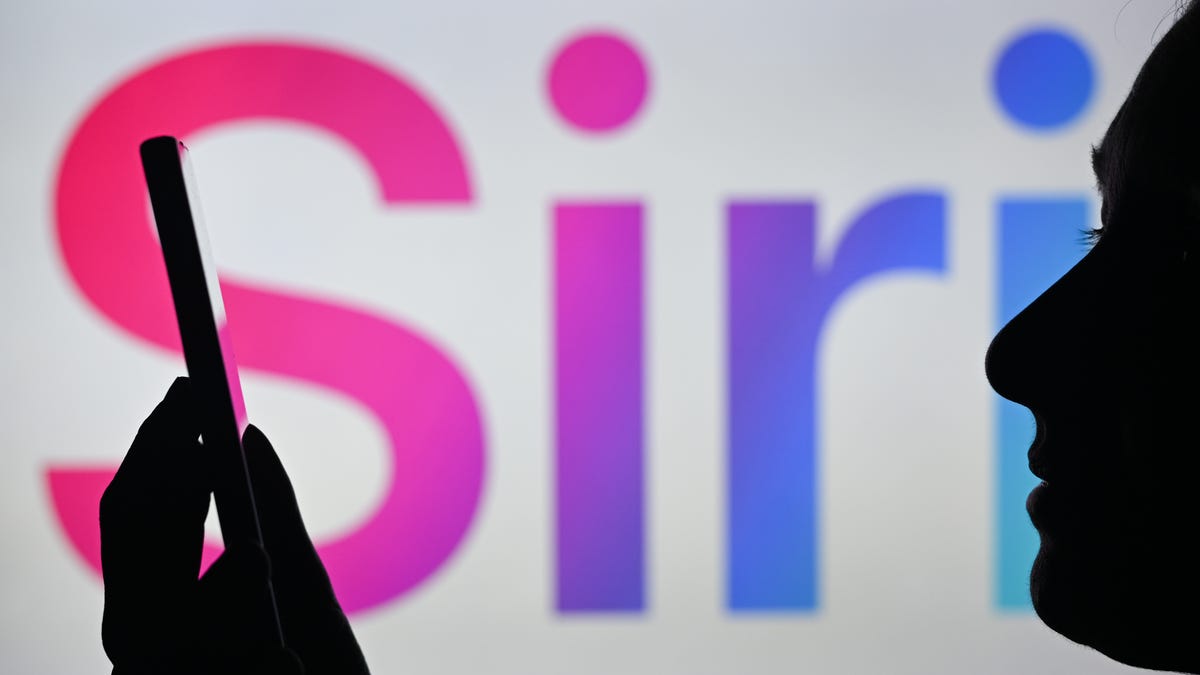Bussiness
I was a millionaire by the age of 30. As preteens, my kids learned how to use debit cards, and I taught them how to save money.
This as-told-to essay is based on a conversation with David Ciccarelli, CEO of Lake. It has been edited for length and clarity.
When I was in my early 20s, I set up a recording studio. My now-wife, Stephanie, a singer, came in to record audition tapes. Soon after, local businesses began reaching out to me to record commercials, and they needed voice actors. I recognized a business opportunity.
I called Stephanie and explained I had a few recording gigs. If she would be the voice talent for the gigs while I did the recording, we’d split the proceeds. I didn’t realize it at the time, but the business proposal ended up leading to a marriage proposal down the line.
That was nearly 22 years ago. Over the next 18 years, Stephanie and I built our gig work into voices.com, which raised $25 million in private equity. I left that company in 2023 to found Lake, which facilitates waterfront rentals. While we were building our businesses, we were also building our family: our kids are now 20, 19, 16, and 12.
I was a millionaire by the time I was 30, which was about 15 years ago. I grew up comfortably middle class with a financial planner for a dad, so I already had a lot of financial knowledge. I’ve always aimed to pass that on to my kids while also fostering their generosity and independence.
Allowance is not a given
I hate the idea of allowance being given rather than earned, but I also dislike the transactional nature of doing chores strictly to get money. I want my kids to learn to contribute to the family’s well-being. In return for doing so, I’m happy to support them.
I think of it as more of a salary approach to allowance than paying kids for specific chores. I pay for the things they need, like clothes when they outgrew the previous size, but they pay for wants, like trendy new sneakers. I distribute money monthly — they get a dollar a week for each year of their age — as long as the kids are doing things around the house as needed. There have been times when the household to-dos aren’t done, so I hold back their allowance.
I reward problem-solving
Sometimes, the kids need or want extra money. They have to earn it, which they do most often by completing extra chores around the house that pay out immediately. For example, one of my daughters once noted our doors were squeaking, so she asked if I would pay her to fix them. I was happy to hand over the WD-40 — as well as the money, once the job was done. We agree on the amount before the job starts, often $10 or $20, depending on the amount of work.
I want to teach my kids that they won’t get something just because they ask. Instead, I reward them for their ingenuity in spotting a problem, brainstorming a solution, and proposing a service. That’s a lot more reflective of how life really works.
I taught the three uses of money
One of my most frequent dad-isms is about the three uses of money: giving, saving, and spending. I try to emphasize them in that order. The kids have always been taught to do all three. I don’t give them specific percentages to aim for because I want to emphasize the principle and help them learn the lesson rather than just have them check a box on a to-do list for allocating a specific amount toward a specific bucket.
Once, in New York City, my then-11-year-old daughter found a $20 bill in the park. She was excited but flustered: she didn’t know how she could split one bill into the three uses. I taught her how to get change, and she later handed $10 to a homeless person. I was so proud that she had internalized our family values about giving.
I relate money to the real world
Money can be very abstract, so I’ve always tried to tie it into my kids’ daily actions. We opened bank accounts when the kids were 5, and got them debit cards when they were preteens. If I took my daughter shoe shopping, I would have her use her own card. Swiping the card, putting in the PIN, and later seeing the transaction on the banking app reinforced the idea that money was actually changing hands.
I did the same with investing. I encouraged them to look around their daily lives and notice what products they were using or what entertainment they enjoyed. I explained that businesses were behind all of that, and I taught them that, as shareholders, they could own a small piece of those companies. My kids have invested their allowance and money from their jobs outside the home in various companies, from Tesla when they were interested in electric vehicles to Disney+ because of their affinity for Disney films. Investing in what they know and use makes it more tangible.
I made room for individuality
One of my daughters realized she wasn’t too interested in researching the companies she might invest in. So, I showed her an alternate path: index funds, which allow you to hold a small piece of many companies. That more hands-off approach was a better fit for her and will serve her better throughout her life than pushing an active investing approach that she’s not interested in.
I teach them not to waste
Another of my favorite sayings is “waste not, want not.” It helps fight consumerism and also encourages generosity. We have a one-in, one-out rule. If you get a new toy or item of clothing, you need to donate one. We also are frugal about our meal planning, often intentionally cooking extra so we can save time and money by eating leftovers for lunch.
As a parent, I believe in talking about your financial values with your kids. If you don’t, society will fill the silence, often with things you don’t believe in. Two of my kids have moved out and are on their own financially (although Stephanie and I are paying for college tuition, room, and board). I’m glad they have a solid financial footing and an understanding of earning what they have.







